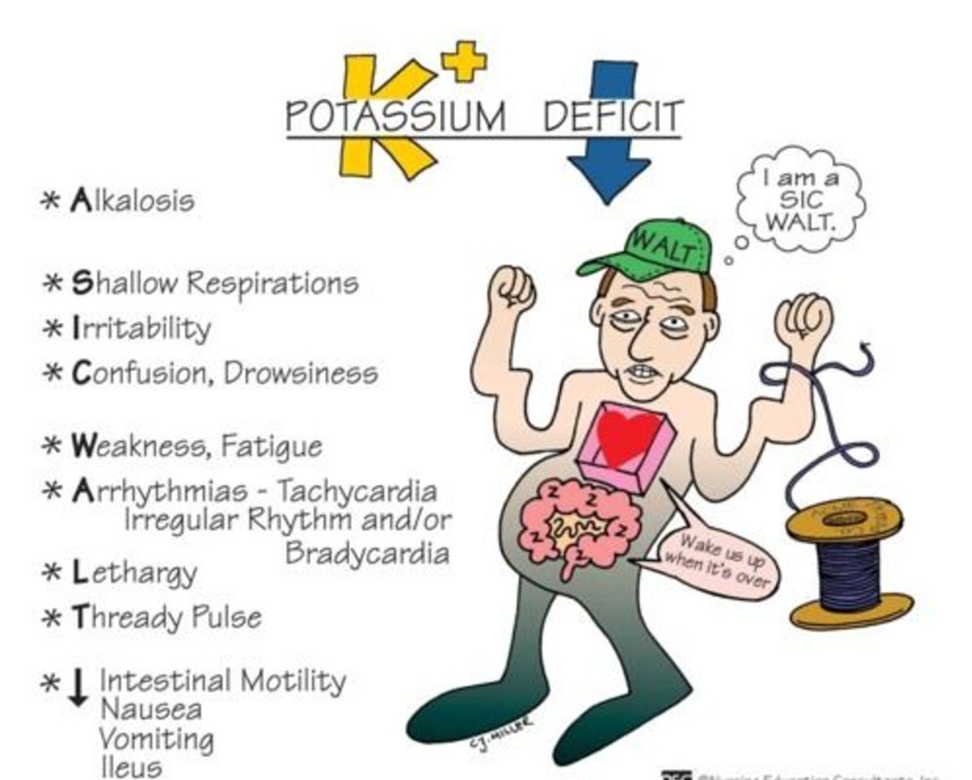A nurse is reviewing blood pressure classifications with a group of nurses at an in-service meeting. Which of the following should the nurse include as a risk factor for the development of hypertension?
High-density lipoprotein (HDL) level of 70 mg/dL
A diet high in potassium
Obstructive sleep apnea (OSA)
Taking benazepril
The Correct Answer is C
A. High-density lipoprotein (HDL) level of 70 mg/dL: Having a high HDL level is generally considered a protective factor against cardiovascular disease, including hypertension.
B. A diet high in potassium: A diet high in potassium is often associated with a lower risk of hypertension. Potassium helps balance sodium levels and supports healthy blood pressure.
C. Obstructive sleep apnea (OSA): This is the correct answer. Obstructive sleep apnea is a known risk factor for hypertension. The repeated episodes of interrupted breathing during sleep can contribute to increased blood pressure.
D. Taking benazepril: Benazepril is an angiotensin-converting enzyme (ACE) inhibitor commonly used to treat hypertension. While it is used to manage high blood pressure, taking the medication itself is not a risk factor for developing hypertension.
Nursing Test Bank
Naxlex Comprehensive Predictor Exams
Related Questions
Correct Answer is C
Explanation
A. Flexing her ankles: Ankle flexion exercises and periodic ankle flexion are encouraged to promote blood circulation and prevent venous stasis, which can contribute to the development of venous thromboembolism (VTE).
B. Elevating her feet: Elevating the feet can also help prevent venous stasis and promote blood circulation. It is a recommended action to reduce the risk of VTE.
C. Massaging her legs: This is the correct answer. Massage of the legs, particularly deep tissue massage, can dislodge blood clots and increase the risk of embolization, including the risk of venous thromboembolism.
D. Ambulating soon after surgery: Early ambulation is an important preventive measure for VTE. It helps stimulate blood flow and prevents venous stasis. Encouraging the client to ambulate as soon as possible after surgery is a recommended practice.
Correct Answer is A
Explanation
A. Fatigue: Hypokalemia (low potassium levels) can lead to fatigue and weakness. Potassium is essential for proper muscle and nerve function, and a deficiency can result in muscle weakness and decreased energy levels.
B. Pitting edema: Pitting edema is more commonly associated with fluid retention, which can occur in heart failure. Hypokalemia is not typically a direct cause of pitting edema.
C. Dyspnea: Dyspnea (shortness of breath) is a symptom commonly associated with heart failure, and while potassium imbalance can affect cardiac function, it is not a specific manifestation of hypokalemia.
D. Oliguria: Oliguria (decreased urine output) is not a typical manifestation of hypokalemia. However, it can be associated with heart failure and other renal conditions.

Whether you are a student looking to ace your exams or a practicing nurse seeking to enhance your expertise , our nursing education contents will empower you with the confidence and competence to make a difference in the lives of patients and become a respected leader in the healthcare field.
Visit Naxlex, invest in your future and unlock endless possibilities with our unparalleled nursing education contents today
Report Wrong Answer on the Current Question
Do you disagree with the answer? If yes, what is your expected answer? Explain.
Kindly be descriptive with the issue you are facing.
